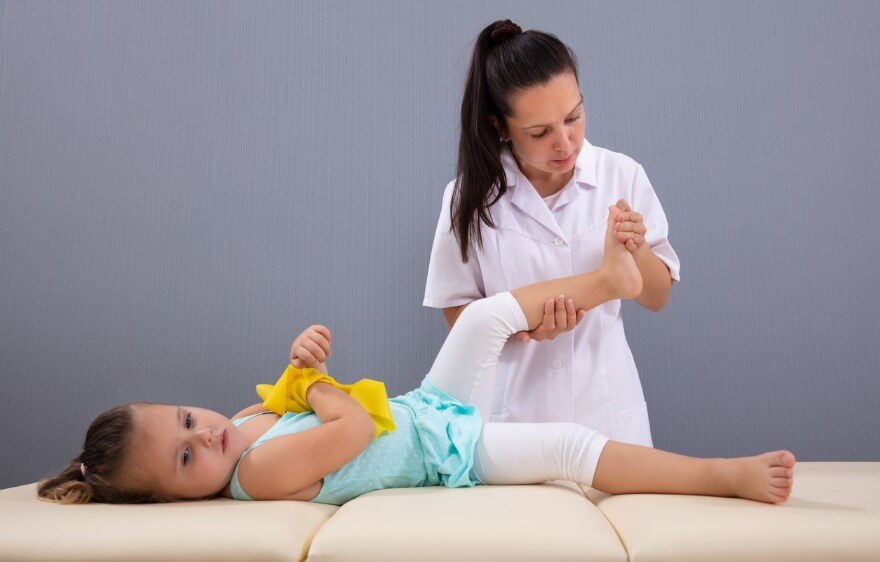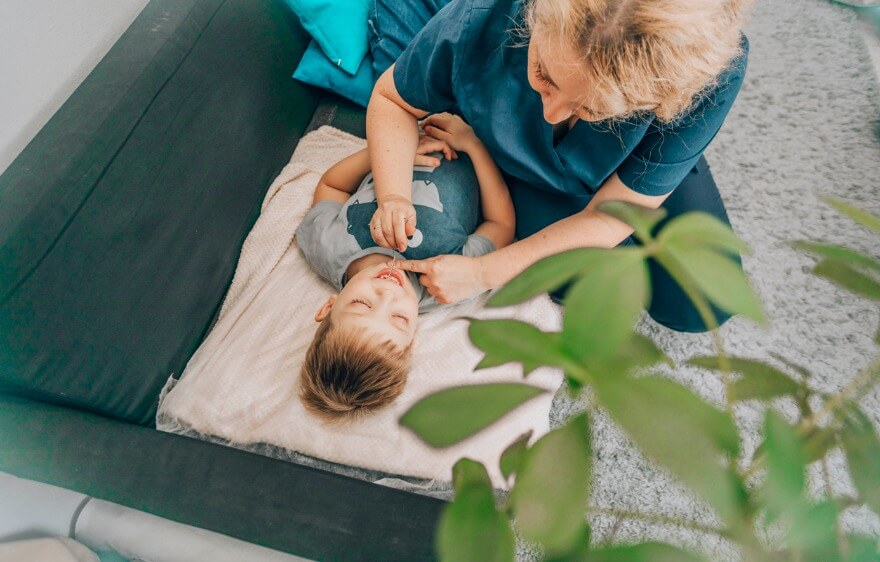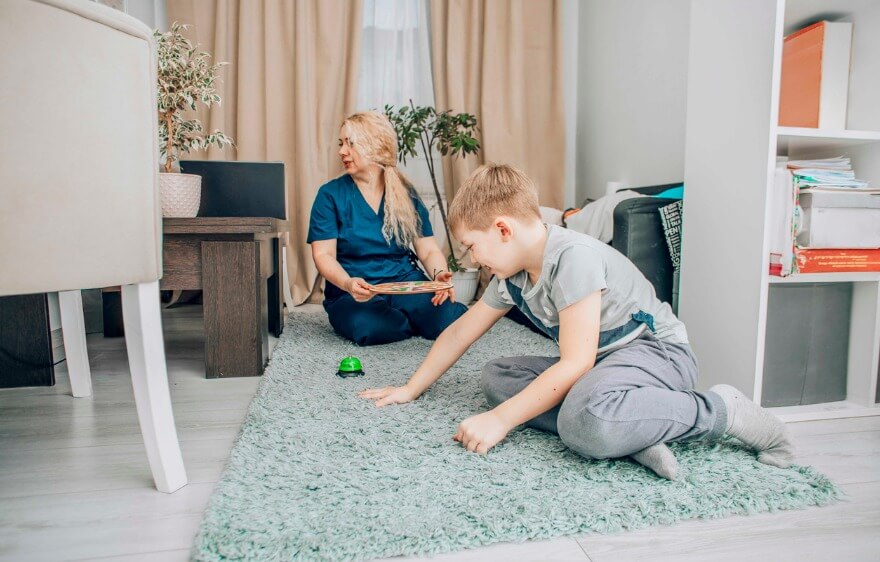As the Professional Development Coordinator, I get to organize our annual Winter Conference every year. This year, our occupational therapist, Michelle Jackson, shared information on the importance of movement and learning. We thought these were such great ideas we had to share them with you!
The Centers for Disease Control and Prevention (CDC) recommends that children and adolescents should do 60 minutes or more of physical activity each day. Sadly, teachers still use the time-old tradition of withholding recess as a disciplinary measure. Kids look forward to recess as a break from academic challenges and sitting still, as well as an opportunity to release energy and spend time with friends.
What often gets overlooked is children’s need for movement to provide the stimulation their body needs to focus, sit still, and retain information. It stimulates the brain for learning new tasks.
Taking away recess is often against district policy. In fact, Peacefulplaygrounds.com reports that withholding recess is prohibited in 44% of school districts across the nation.
Looking for some alternatives to taking away recess when there is a disciplinary issue? Try these ideas:
- Allow the student to walk (or run if they prefer) around the perimeter of the playground or on a track if they want movement during recess
- Restrict play with friends who contributed to the disciplinary action event
- If they are having trouble playing safely, have them do another activity
- With parent permission, and following school district policy, have students help clean desks, move furniture, wipe tables in the cafeteria, etc.
Or, try integrating movement within the class schedule with quick movements such as jumping jacks, toe touches, jogging in place, chair push-ups, or arm circles.
Michelle also offered lots of movement ideas that can be incorporated throughout the day, with minor classroom disruption:
- Fidgets for hands: stress balls, silly putty, porcupine balls, clothespin, hairband or keychain wrist coils, koosh balls
- Velcro attached to the bottom of the desk for students to rub
- Sitting on an exercise ball
- Putting theraband between desk or chair legs for the student to bounce feet
- Sit and move the cushion
- Tennis balls on three out of four chair legs so children can rock
- Sucking water through sports top lid drink containers
As both a professional working in the schools and the parent of a 2nd grader, I love the idea of incorporating more movement into the school day. It was refreshing to see a list of activities that could be easily used without worrying about taking away time for instruction.
Looking for additional resources? Here they are.
- Movetolearnms.org: Short, age-specific exercise videos for classrooms.
- Peacefulplaygrounds.com: Right to recess campaign. Offers reward alternatives to taking away recess, ground designs for playground activities, sample presentation documents, a guide that provides a step-by-step process that school communities can use to consider and create recess options for their students, and a kit that contains position statements, recess research, policies, legislation, parent advocacy articles, and the benefits of recess.
- Nasbe.org: National Association of State Boards of Education list of state school health policies alphabetized by state.
- The CDC: Recommendations for the amount of daily movement for children.





